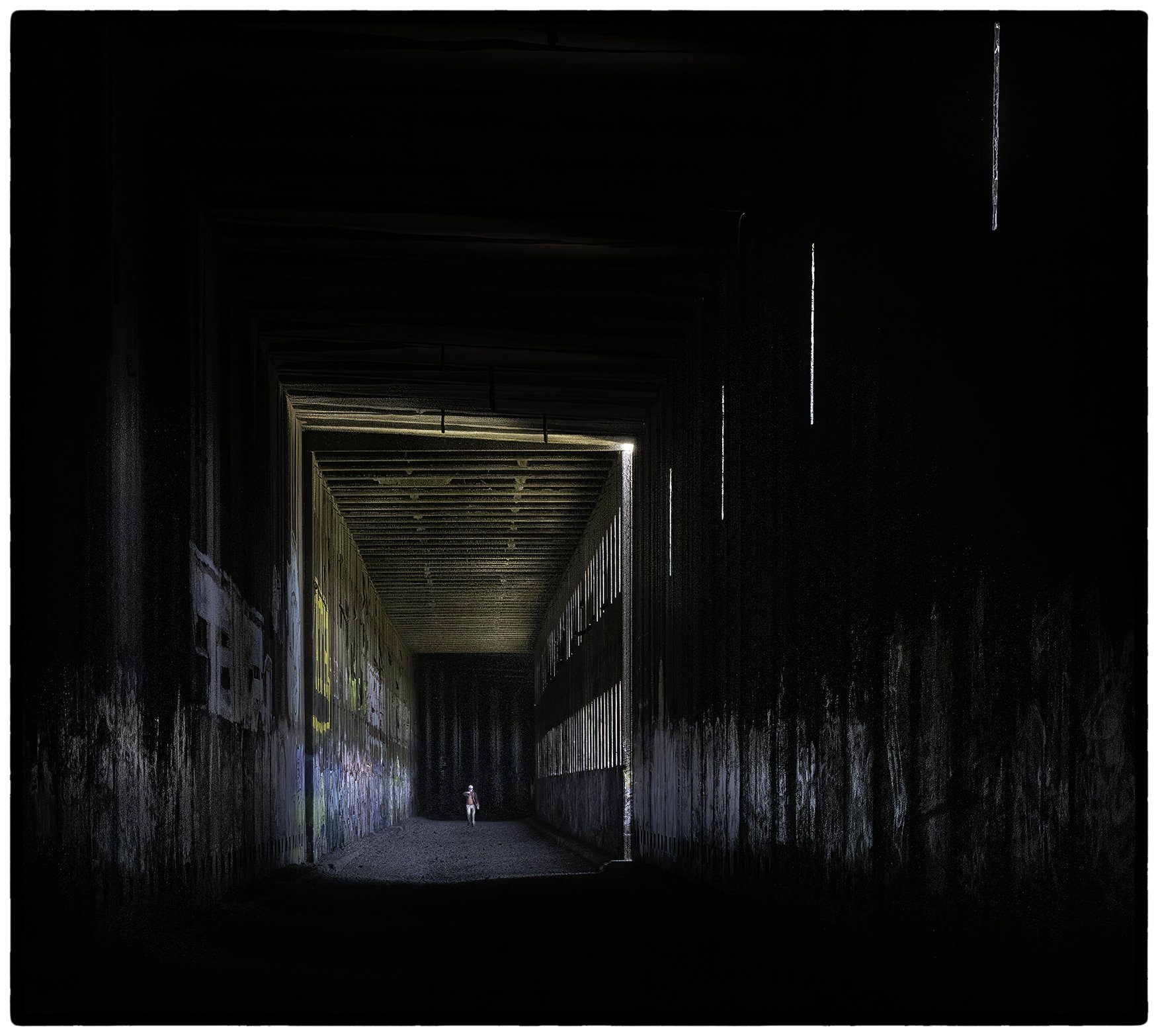Part I
Left a week ago to “Donna”, the two bedroom condo owned by son John and wife Kim, the back seat filled with their two offspring, Kennedy and Lilly, ages 8 and 10. L and K were off to five days of Tahoe Donner camp, full weekdays with hiking, boating, swimming, and miscellaneous activities organized and run by teenage counselors, one of whom, after being assigned to the 3 and 4 year olds, confessed that she hated camp because “the 3 and 4 year olds can’t do anything!” Presumably that feeling wasn’t shared by L and K’s counselors, as 8 and 10 year olds can do all kinds of stuff.
Tahoe Donner Marina at the east end of Donner Lake.
While the kids were camping Jadyne and I spent our mornings on short hikes along the many trails that pass through the land owned by the Tahoe Donner community. Only in the mornings, as day time temperatures were in the nineties.
The condo is across the street from nature trails that run along a creek.
Truckee Thursday. Beginning at 5 pm merchants, tourists, the CHP, and food trucks pour into Old Truckee to assault both the wary and the unwary with loud music, children’s screams, and barking dogs. There was no escape, not even by consuming overpriced hot dogs, tacos, and in the case of the lady in front, a root beer float.
Truckee Thursday’s Best of the Best.
Part II
While Lilly and Kennedy were finishing up their week at camp, Jadyne went on a nearby hike. I drove over Donner Summit, then down two miles to Sugar Bowl, where miles of abandoned railroad tunnels beckon hikers, and as you can see, masters of graffiti.
The story of the creation of these tunnels is found in Gordon Chang’s book Ghosts of Gold Mountain. “From across the sea, they came by the thousands, escaping war and poverty in southern China to seek their fortunes in America. Converging on the enormous western worksite of the Transcontinental Railroad, the migrants spent years dynamiting tunnels through the snow-packed cliffs of the Sierra Nevada and laying tracks across the burning Utah desert. Their sweat and blood fueled the ascent of an interlinked, industrial United States. But those of them who survived this perilous effort would suffer a different kind of death—a historical one, as they were pushed first to the margins of American life and then to the fringes of public memory.”
The story is brutal. Camps were smothered by avalanches, leaving no trace of the workers who lived there. For so many it was fool’s gold, as their dreams became nightmares. No journals or documents of their lives have been found. Walking through these tunnels connects the hiker to the painstaking efforts, mostly by hand, pick, and shovel, of the Chinese who preceded him.
Today it’s a place for selfies…
graffiti…
The bright light at the end of this tunnel looked as if a train was barreling towards me.
A lone hiker in the distance, caught by the sun’s rays.













